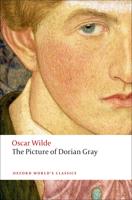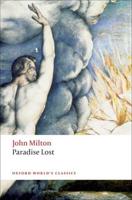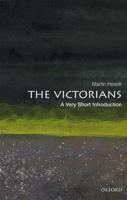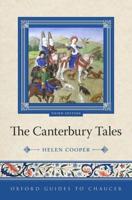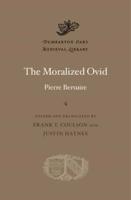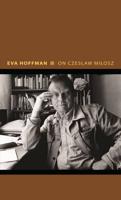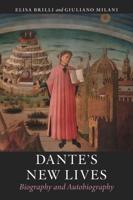Publisher's Synopsis
Systematically examines literary representations of the Caribbean in English from the 17th century to the present and traces the persistence of literary conventions in these works. Caribbean literature is usually conceptualized in regional, thematic, and post-independence ideological terms. But in addition to Caribbean literature written in English, there is a large body of earlier English literature written about the Caribbean. This book analyzes the concept of the maroon to provide a better understanding of Caribbean literature. In pursuit of a more comprehensive view of Caribbean literature, it examines literary representations of the Caribbean in English since the earliest fiction of the 17th century. In doing so, it traces the persistence and accretion of literary conventions in these works. Since the novel is the main Caribbean narrative genre, this study focuses on the novel though it also refers to other literary forms. The book begins with an analysis of existing descriptions of Caribbean literature, current literary maroon theory, and a conceptualization of the maroon paradigm.;It then studies the appearance of literary conventions in early modern representations of the Caribbean, such as The Tempest. The volume then looks at 19th-century narratives and their predominant feature, the culture of abandonment. The rest of the book discusses 20th-century Caribbean literature, the dialogic relationship between modern and early modern works, and the contribution of women writers to the progression of the Caribbean narrative at the close of the 20th century.


